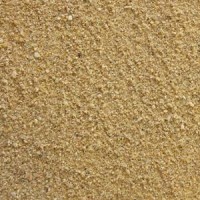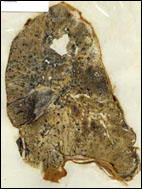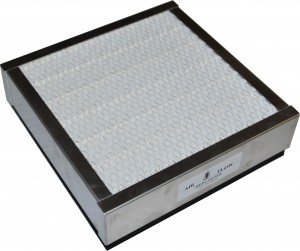 Silica, hydraulic fracking in the news
Silica, hydraulic fracking in the news
Crystalline silica in the work place is in the news this month because investigation by public health officials indicates it may be a health hazard for workers involved in hydraulic fracturing [fracking].
OSHA hopes to issue new silica regulations this spring. [1]
Silica is found in soils, rocks and many minerals.
It can present health hazards to workers in many industries because silica dust can be inhaled into the lungs.
Fracking uses a silica-rich sand, sometimes called “frac sand”, that can release silica as airborne dust as it is moved and transported around the worksite. [2]
While hydraulic fracturing is a relatively young occupation, silicosis, a lung disease caused by inhaling crystalline silica, has been acknowledged as a disease since the nineteenth century.
Silicosis+
Research indicates that the health risks associated with silica don’t stop with silicosis: “Occupational crystalline silica dust exposure appears to be a risk factor for several diseases.” [3]
Researchers indicated that occupational exposure to crystalline silica increases the risk of lung cancer, pulmonary tuberculosis and COPD (chronic, obstructive pulmonary disease) as well as kidney and autoimmune disorders. [3]
Silicosis damages your lungs and makes it hard to breathe, increases your risk of lung infections, and may lead to heart failure. Silica may also cause cancer. [4]
Silica is a health hazard in many occupations
In addition to fracking, other industry applications that use or release silica include: [5]
|
|
|
|
|
|
|
|
|
|
|
Silica dimensions
In nature, the particle size of silica seems to be greatly varied. [6]
Because silica is useful in many industries and applications, silica providers use various processing techniques in order to offer silica in specific particle sizes.
Permissible levels of silica
The OSHA permissible exposure limit to silica is approximately 0.1 mg/m3. [2]
In words, that’s one-tenth of one milligram per cubic meter — roughly 10% of 0.000003527 of an ounce per 35 cubic feet.
Filtration of particles
At Sentry Air, our application specialists work with our customers to identify the appropriate filtration system for the customer’s application.
Our air cleaners can be equipped with single or multiple types of particle filters.
MERV pre-filters
We offer MERV pre-filters in a range of efficiencies from 11 to 16.
The EPA says that MERV filters in the 11 – 13 range are “13 are reasonably efficient at removing small to large airborne particles.” [7]
Further, the EPA says that MERV filters rated 14-16 may be as efficient as true HEPA filters. [7]
HEPA filtration
HEPA filters can capture particles as small as 0.3 microns in particle size. Substances with particles that can be captured by HEPA filters include dust, spores, and pollen.
Wisegeek.com has a nice explanation of HEPA filters and even includes a little history about them. [8]
ULPA filtration
ULPA filters can “remove from the air at least 99.999% of dust, pollen, mold, bacteria and any airborne particles” with a size of 0.12 microns or larger. [9]
Sentry Air ULPA filters are rated up to 99.9995% efficiency.
To compare the particle size of various substances, we offer a particle size chart on our website.
Give us a call
If you are concerned about silica particles in your process, give us a call at 1.800.799.4609, email us at sales@sentryair.com, or fill out this online form to have a Sentry Air Systems Applications Specialist contact you to discuss your process.
Resources
1 Silica Rule Changes Delayed While Workers Face Health Risks
http://www.npr.org/blogs/health/2013/02/07/171182464/silica-rule-changes-delayed-while-workers-face-health-risks
2 OSHA Infosheet: Silica Exposure during Hydraulic Fracturing
http://www.osha.gov/Publications/OSHA3622.pdf
3 Occupational silica exposure and risk of various diseases: an analysis using death certificates from 27 states of the United States
http://www.ncbi.nlm.nih.gov/pmc/articles/PMC1740467/?tool=pmcentrez&rendertype=abstract
4 Silica…It’s Not Just Dust: Silica Dust Causes Silicosis
http://www.cdc.gov/niosh/docs/97-112/
5 Occupational Health Guideline for Crystalline Silica
http://www.cdc.gov/niosh/docs/81-123/pdfs/0553.pdf
6 Colloidal Silica—Determination of Particle Sizes
http://pubs.acs.org/doi/abs/10.1021/j150510a017
7 Guide to Air Cleaners in the Home
http://www.epa.gov/iaq/pubs/airclean.html
8 HEPA
http://www.wisegeek.com/what-is-a-hepa-filter.htm
9 ULPA
http://en.wikipedia.org/wiki/ULPA
10 Making Art Can Make You Sick
https://sentryair.com/blog/health/making-art-can-make-you-sick/


 Made in the USA
Made in the USA

